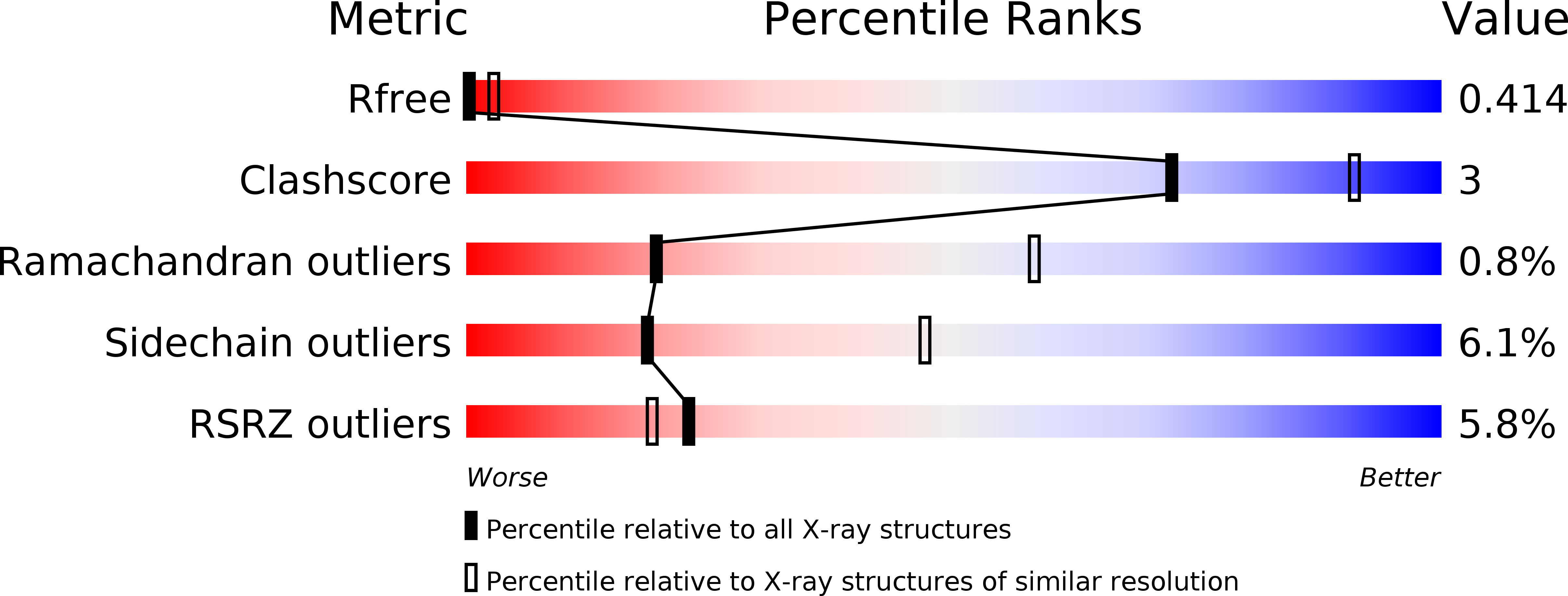
Deposition Date
2010-10-08
Release Date
2010-11-17
Last Version Date
2023-09-06
Entry Detail
PDB ID:
3P56
Keywords:
Title:
The structure of the human RNase H2 complex defines key interaction interfaces relevant to enzyme function and human disease
Biological Source:
Source Organism:
Homo sapiens (Taxon ID: 9606)
Host Organism:
Method Details:
Experimental Method:
Resolution:
4.06 Å
R-Value Free:
0.37
R-Value Work:
0.37
R-Value Observed:
0.37
Space Group:
C 1 2 1


